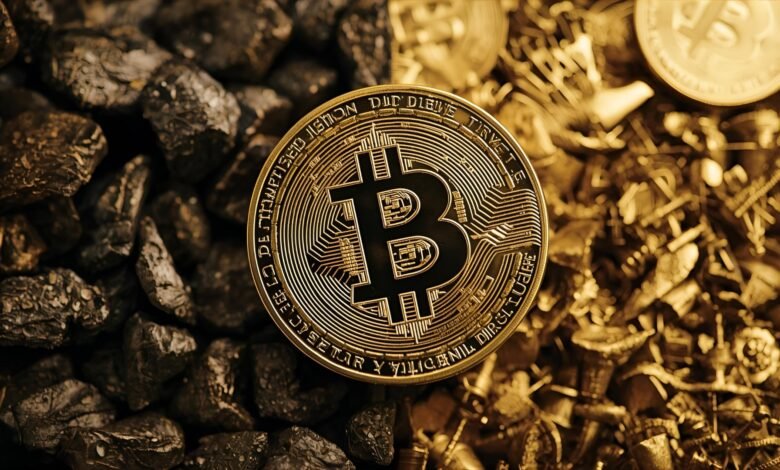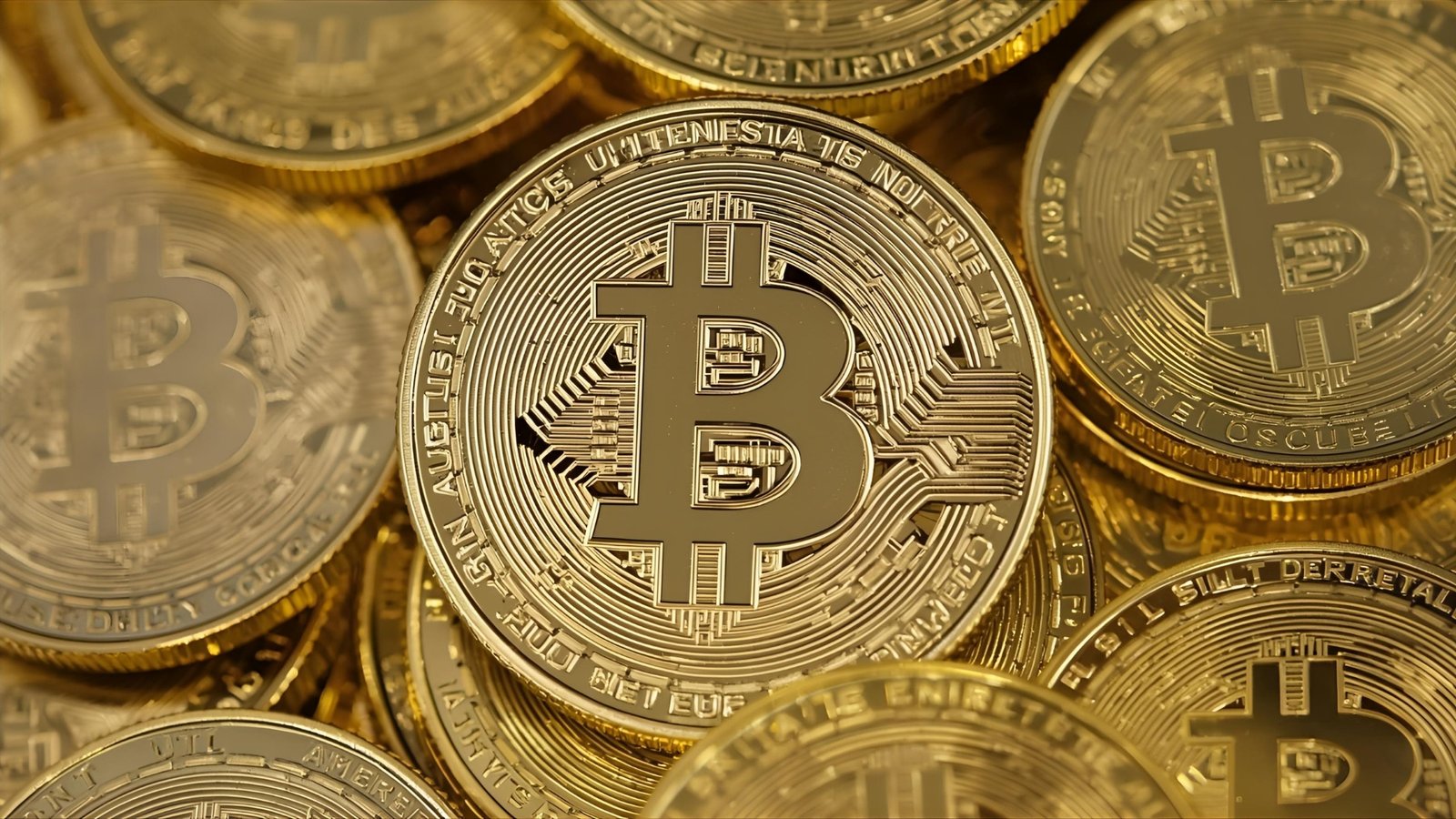
Digital gold aptly captures the audacity, allure, and risks of Bitcoin, Ethereum, and their altcoin cousins. In many nations, crypto is an arena of innovation, disruption, and regulatory tension. But in Japan, a country renowned for precision, rule-bound institutions, and legal rigor, a disturbing paradox has emerged: despite having strict oversight frameworks and a well-developed justice system, Crypto Justice Divide: cryptocurrency hacks in Japan have repeatedly exposed a two-tiered justice system—one for institutional actors and insiders, and a very different one for ordinary victims.
This article delves into how some high-profile hacks and scandals in Japan have illuminated systemic inequities: the privileged often get leniency, recoveries, or negotiation; the powerless are left with losses, delayed prosecutions, or obfuscated redress. Through detailed case studies, legal analysis, and contextual background on Japan’s crypto regulation, readers will gain a nuanced understanding of how digital gold challenges—hacking, theft, money laundering—are being handled through the lens of unequal justice.
We will examine the regulatory evolution in Japan, explore flagship hack cases (Coincheck, Mt. Gox, Liquid, and more), analyze legal loopholes and enforcement bias, and ask whether reforms can ever equalize outcomes. In doing so, the narrative shows how Japan’s cryptocurrency hacks do more than reveal security gaps—they reveal structural imbalances in a modern justice system confronting novel risks.
The Regulatory Landscape: Japan’s Crypto Framework and its Gaps
Origins: Mt. Gox, early shocks, and initial regulation
Japan’s involvement with cryptocurrency is foundational. The infamous collapse of Mt. Gox in 2014 — where hundreds of thousands of bitcoins vanished—was arguably the first global wake-up call that crypto was not just a financial curiosity but a legal frontier. As a response, Japan passed the Payment Services Act (PSA) in 2017, which recognized crypto assets legally, imposed registration requirements on exchanges, and introduced anti-money laundering and know-your-customer (KYC) obligations.
However, the regulatory regime proved reactive rather than robust. Early statutes were not designed with large-scale hacking, cross-border funds flight, or digital asset forensic complexity in mind. The categorization of crypto assets, the limits of criminal seizure of digital property, and the uneven appetite of prosecutors for cybercrime all left gaps.
Recent reforms and reclassification under FIEA: Crypto Justice Divide
Responding to ongoing hacks, frauds, and investor complaints, Japanese authorities have been pushing crypto regulation deeper under the umbrella of securities law. The Financial Services Agency (FSA) has proposed shifting certain crypto oversight from the PSA into the Financial Instruments and Exchange Act (FIEA) framework, which allows for stricter disclosure requirements, insider trading rules, and regulator enforcement powers.
In 2025, Japan also revised the PSA to require crypto exchanges to hold domestic assets, preventing Japanese customers’ crypto from being held abroad or exposed to overseas exchange collapses. Alongside, Japan is expanding insider trading regulations to include cryptocurrency transactions, making it illegal to trade crypto using nonpublic information.
These moves align with global trends (e.g. EU’s MiCA, US regulatory debates). But the shift is incomplete: not all tokens are covered, enforcement resources are limited, and courts have not fully modernized. The result is a patchwork where rules exist but often fail when security breaches scale.
High-Profile Hacks: Cases That Expose Unequal Justice
The Coincheck heist and the marked tokens
In January 2018, hackers drained over $530 million worth of the cryptocurrency NEM (XEM) from Coincheck, exploiting the exchange’s overreliance on hot wallets. The hack deeply rattled Japan’s crypto world. In response, the NEM Foundation deployed a “tagging” system (via Mosaic tokens) to mark stolen coins with a warning label—essentially a digital scarlet letter: “ts:warning_dont_accept_stolen_funds.” The hope was that exchanges worldwide would reject or freeze tainted tokens.
Despite this, the thieves had preemptively dispersed funds across multiple addresses and built a darknet exchange to convert them back to clean assets. Over time, Japanese prosecutors arrested about 31 individuals who had purchased stolen XEM via that mix, but the primary hackers remain at large.
What distinguishes Coincheck is that the exchange reimbursed customers (albeit after delays), and the hack spurred major regulatory overhaul. But compensation came only after intense public pressure; many smaller infractions by exchange users or victims receive no such courtesy. The ultimate criminal outcome favored purchasers of tainted funds, not the original victims.
Liquid, insider access, and murky accountability
In August 2021, hackers exploited vulnerabilities in Liquid, a Japanese exchange, stealing nearly $100 million (mostly Bitcoin and Ether). Procuring evidence of how access was gained proved difficult, and arrested individuals faced varying charges—some for negligence, some for complicity. The thieves siphoned funds through layered routes, rendering traceback a challenge.
What stands out is that some of the parties implicated had connections within the industry, resulting in delayed or softened responses. Charges were negotiated; some recovered funds were discreetly returned. For other victims—particularly smaller retail investors—the losses remained unresolved, with no clear pathway to legal redress.
Monero ring busted: local fraud meets privacy coin
In a more recent case in late 2024, Japanese authorities arrested 18 individuals accused of laundering over ¥100 million through Monero (XMR). The group had used stolen credit card data, funneling the proceeds into Monero to evade tracing. Thanks to improved blockchain forensics and collaboration across jurisdictions, authorities succeeded in linking Monero transactions back to suspects—a notable technical achievement.
Still, for every successful arrest, many networks remain untouched. The prosecutions here targeted low- and midlevel operatives. The masterminds, especially those operating outside Japan’s jurisdiction, largely escape scrutiny. This illustrates that even when law enforcement proves capacity, the ultimate power to hold top actors accountable remains elusive.
Structural Biases: Why Justice Feels Unequal
Pro-insider prosecution vs. underenforcement of retail cases
One pattern repeats: those with institutional connections, regulatory clout, or insider access frequently enjoy lighter scrutiny, negotiation leverage, or early settlement. Meanwhile, ordinary users often lack resources, legal representation, or the technical insight to pursue claims. The imbalance in legal capacity means that only the well-funded can press for investigations, audits, or audits of exchange data.
Seizure and legal limits on crypto
Japanese law, particularly under organized crime statutes, has historically treated property and monetary claims, but not necessarily digital assets, as seizable assets. The Justice Ministry has proposed revisions to allow confiscation of illicit crypto assets, but these reforms remain incomplete and inconsistent. Without a legal mechanism to freeze or reclaim stolen crypto, victims often have no recourse — unless prosecutors prioritize the case.
Prosecutorial discretion and resource constraints
The Japanese prosecution system allows considerable discretion in selecting which cases move forward. Investigating cryptocurrency crime is resource-intensive: forensic blockchain tracing, international cooperation, cross-chain coordination, and cybercrime expertise are prerequisites. Many police or prosecutors in Japan, especially in rural jurisdictions, lack such specialization. As a result, many reported hacks or fraud claims languish unprosecuted or receive cursory attention.
Defense of regulatory “good actors”
Exchanges or insiders sometimes benefit from implicit assumptions of legitimacy. If an exchange is registered with the FSA or affiliated with established financial groups, authorities may afford them leeway. In contrast, smaller or overseas platforms often face aggressive clampdowns. This biases outcomes toward reinforcing incumbent privilege, and makes “regulatory capture” a risk: those inside the system get preferential treatment.
Digital Gold in Practice: Risks, Evasions, and Money Laundering
The laundering challenge: obfuscation and anonymity
Even after a hack, converting stolen digital gold into usable fiat often depends on money laundering techniques: mixers, chain hops, cross-chain bridges, privacy coins, and OTC trades. In Japan, illicit funds often flow through domestic platforms or cross-border conduits, complicating tracing.
Chainalysis data suggests Japanese crypto services have relatively low exposure to global illicit entities; nonetheless, local laundering remains pervasive. Some criminals mix funds in multiple wallets to conceal the trail, and prosecutors may lack the resources or will to dig deeply.
Regulatory arbitrage: moving beyond Japan’s reach
Once funds leave Japan’s controlled domain, enforcement loses strength. Hackers funnel digital gold via exchanges in other jurisdictions with weaker oversight. Even if Japanese prosecutors issue international warrants, cross-border cooperation, extradition delays, and diffident mutual legal assistance treaties slow action. The higher you climb, the harder it is to reach. Thus, many hack proceeds vanish into the global crypto network, never to be fully accounted for.
Can Reforms Level the Field? Paths to a More Equitable Crypto Justice
Legal modernization: expanding seizure powers and definitions
Japan must modernize its organized crime law so that crypto assets are treated as seizable property. Granting courts the power to freeze, confiscate, and restitute stolen digital assets would help victims. This requires bridging gaps between criminal statutes and digital property law. Some initial proposals are underway but remain tentative.
Regulatory consolidation and tougher oversight
Bringing more crypto types under stricter regimes like FIEA can strengthen enforcement teeth. Expanding disclosure duties, requiring exchanges to maintain proof of reserves, auditing, and KYC oversight, can reduce attack surfaces. Expanding insider trading regulation to crypto is a step in that direction.
Specialized cybercrime units and blockchain forensics
Japan should invest in dedicated cybercrime divisions within law enforcement, staffed with blockchain analysts, cryptographers, and international legal liaisons. With such specialized capacity, even smaller or dispersed hack claims can receive meaningful follow-up. This would reduce the gap between retail investor claims and institutional defense.
Legal aid and victim coalitions
One way to neutralize power imbalances is collective victim representation. Pooling legal funds, hiring expert auditors, and coordinating civil suits can pressure exchanges and regulators. Japanese law should support class actions or collective redress in the crypto domain to give victims a voice.
International cooperation and treaty frameworks
Japan must strengthen cross-border legal treaties for crypto, standardize mutual assistance in blockchain investigations, and sponsor international norms for the seizure and return of digital assets. In the absence of such cooperation, cybercriminals will exploit jurisdictional gaps.
Digital Gold, Different Rules: Why This Disparity Matters
The discrepancy in how digital gold is treated—depending on who holds it, who loses it, and who investigates it—erodes public trust. When corporate players or insiders receive favorable treatment, while ordinary victims languish, the ideal of justice loses credibility in the digital age.
From a macro perspective, this inequality discourages smaller investors and innovators from entering Japan’s crypto ecosystem. It centralizes power within large incumbents who can negotiate, litigate, and absorb losses. It risks entrenching monopolistic platforms, diminishing competition, and consolidating influence.
Furthermore, unequal enforcement invites impunity. Crypto Justice Divide: When high-level thieves sense they can evade full accountability, the risk of new, complex hacks increases. The system becomes one of deterrence by chance rather than by design.
At its core, the paradox is that digital gold—meant to transcend borders, intermediaries, Crypto Justice Divide: and centralization—ends up subject to a stratified justice system. In Japan, a country synonymous with precision and the rule of law, that gap is both striking and urgent to address.
Conclusion
Japan’s journey with cryptocurrencies is remarkable: from the catastrophic shock of Mt. Gox to the audacious Coincheck hack, and through successive regulatory iterations, Crypto Justice Divide: the nation has tried to tame innovation without stifling it. Yet the recurring pattern of crypto hacks and asymmetric outcomes shows that the legal and enforcement frameworks continue to lag behind reality.
The two-tiered justice system visible in Japan’s handling of crypto incidents reflects systemic biases: insiders versus victims, Crypto Justice Divide: institutional versus retail, connected versus powerless. Crypto Justice Divide: Legal weaknesses around asset seizure, prosecutorial discretion, Crypto Justice Divide: resource gaps, and jurisdictional boundaries have all deepened the divide.
To redeem trust, Japan must commit to deeper reforms—empowering law enforcement, modernizing statutes, investing in technical capacity, enabling victim representation, and forging international cooperation. Only then can digital gold in Japan be secured not just by cryptography, but by fairness, accountability, and an equitable system of justice.
(FAQs)
Q: What is meant by “two-tiered justice” in the context of Japan’s crypto hacks?
“Two-tiered justice” refers to the observed disparity where institutional actors, insiders, or well-connected parties involved in hacks or crypto misdeeds often receive more lenient enforcement, negotiation options, Crypto Justice Divide: or private settlements. Crypto Justice Divide: while ordinary victims and retail users struggle with delayed investigations, a lack of legal recourse, or no compensation.
Q: Why can’t stolen cryptocurrency always be seized by Japanese authorities?
Japanese law has historically focused seizure powers on traditional property and monetary claims; Crypto Justice Divide: digital assets have lacked a clear legal status for forced confiscation. Crypto Justice Divide: Until statutes explicitly recognize crypto as seizable property, Crypto Justice Divide: courts and prosecutors may lack authority to freeze or reclaim stolen funds. Crypto Justice Divide: Proposed reforms aim to close this gap.
Q: How does Japan’s regulatory shift to FIEA improve accountability?
By moving some crypto oversight under the Financial Instruments and Exchange Act, Japan can enforce stricter disclosure requirements, Crypto Justice Divide: bring insider trading rules into crypto, Crypto Justice Divide: empower regulators with tougher penalties, and Crypto Justice Divide: harmonize crypto regulation with securities frameworks. Crypto Justice Divide: This reduces loophole exploitation by bad actors.
Q: Can ordinary victims realistically recover losses from hacking incidents?
Recovery is difficult but possible in limited cases. Crypto Justice Divide: Victims may rely on courts, Crypto Justice Divide: civil litigation, class actions, Crypto Justice Divide: or regulatory pressure on exchanges. But success depends on evidence, forensic tracing, the jurisdiction of funds, Crypto Justice Divide, and the willingness of courts to enforce orders. Legal aid or collective action improves odds.
Q: What lessons can other nations glean from Japan’s crypto justice challenges?
Japan’s experience underscores that regulation must evolve with technology. Crypto Justice Divide: Key lessons include the importance of legal clarity around digital assets, robust law enforcement capacity, Crypto Justice Divide (especially for cybercrime), provisions for victim restitution, international cooperation, and avoiding undue favoritism toward incumbents. Crypto Justice Divide: Nations ignoring these may replicate Japan’s justice divide.










